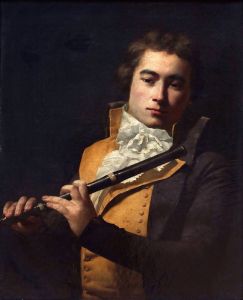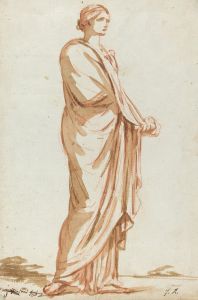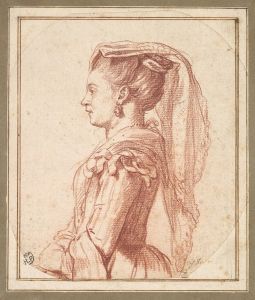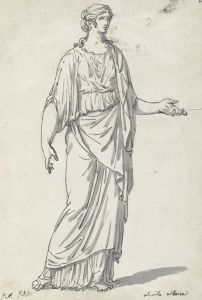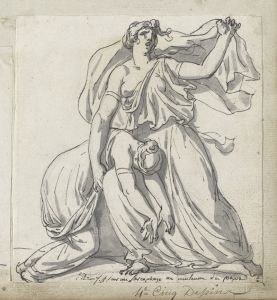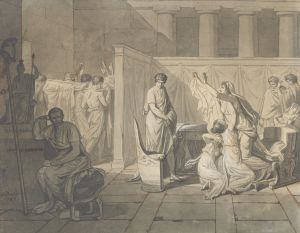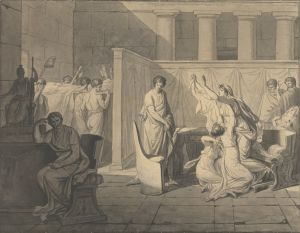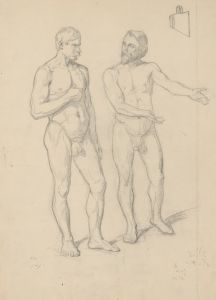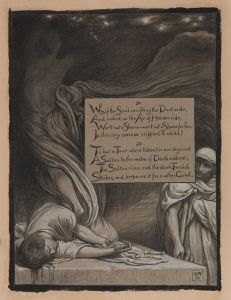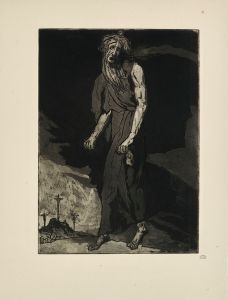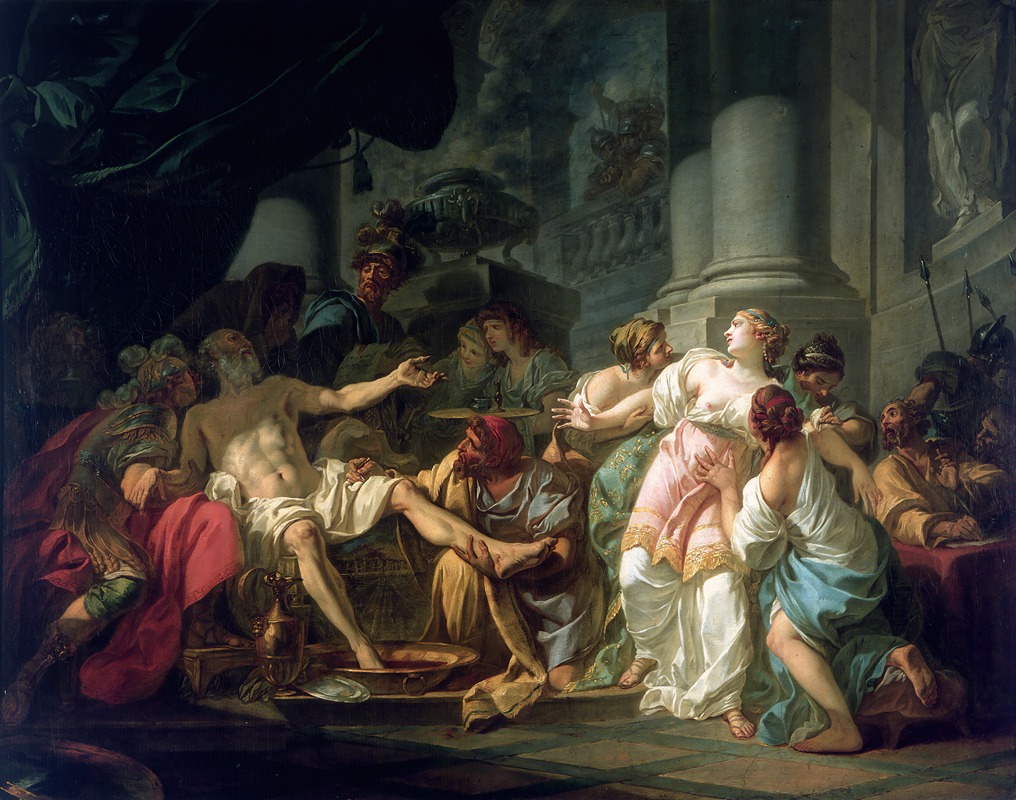
The Death Of Seneca
A hand-painted replica of Jacques Louis David’s masterpiece The Death Of Seneca, meticulously crafted by professional artists to capture the true essence of the original. Each piece is created with museum-quality canvas and rare mineral pigments, carefully painted by experienced artists with delicate brushstrokes and rich, layered colors to perfectly recreate the texture of the original artwork. Unlike machine-printed reproductions, this hand-painted version brings the painting to life, infused with the artist’s emotions and skill in every stroke. Whether for personal collection or home decoration, it instantly elevates the artistic atmosphere of any space.
"The Death of Seneca" is a painting by the French artist Jacques-Louis David, created in 1773. Jacques-Louis David (1748-1825) was a highly influential painter in the Neoclassical style, known for his historical and classical subjects. This particular painting depicts the death of the Roman philosopher Seneca, who was forced to commit suicide in 65 AD by the Emperor Nero.
Seneca, a Stoic philosopher, statesman, and dramatist, was an advisor to Nero but fell out of favor and was implicated in a conspiracy to assassinate the emperor. As a result, he was ordered to take his own life. The painting captures the moment of Seneca's death, emphasizing his stoic calmness and the philosophical acceptance of his fate.
David's "The Death of Seneca" is notable for its dramatic composition and the use of light and shadow to highlight the central figure of Seneca. The philosopher is depicted seated in a bath, a common method of suicide in ancient Rome, as it was believed to ease the pain of bleeding to death. His expression is serene, reflecting his stoic beliefs, and he is surrounded by his friends and followers, who display various emotions of grief and despair.
The painting is characterized by its classical elements, including the use of Roman architecture and attire, which were typical of David's Neoclassical style. The attention to detail in the depiction of the human body and the use of chiaroscuro (the contrast between light and dark) are also significant features of the work.
"The Death of Seneca" was created during David's early career, before he became the leading painter of the French Revolution. It reflects his interest in classical antiquity and the moral lessons that could be drawn from historical subjects. The painting was well-received and helped to establish David's reputation as a master of historical painting.
Today, "The Death of Seneca" is housed in the Petit Palais in Paris, France. It remains an important example of Neoclassical art and a testament to David's skill in portraying complex historical and philosophical themes through his work.






